Japan on a Budget: 12 Smart Tips to Save While Traveling
“Discover how to travel Japan on a Budget with tips on cheap stays, food, transport, and free attractions. Save money and enjoy authentic experiences stress-free.”
If you’ve ever dreamed of exploring Japan but hesitated because of the “OMG, it’s too pricey” stereotype, you’re not alone. Many travelers assume Japan is only for luxury trips or big spenders. But here’s the truth: Japan on a Budget is 100% possible—and honestly, it can be even more fun that way.
When I first visited Japan, I was a broke traveler with more curiosity than cash. I had to figure out clever ways to stretch every yen. Spoiler alert: not only did I survive, but I also discovered some of the most unique experiences that money can’t buy.
So, grab your notepad (or just keep scrolling 😉), because I’m going to break down exactly how to enjoy Japan on a budget without feeling like you’re missing out.
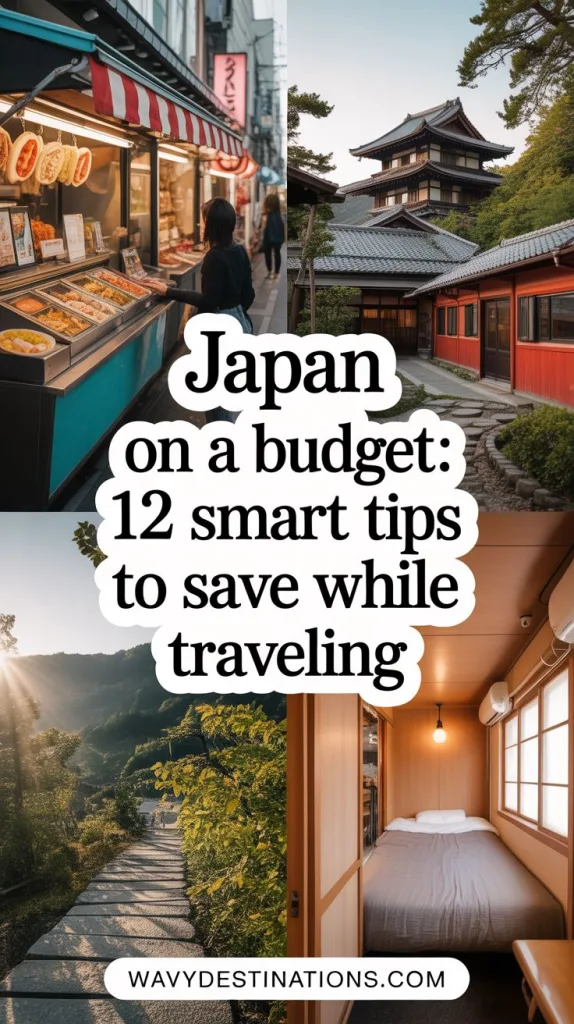
1. Travel Smart: Pick the Right Season for Savings
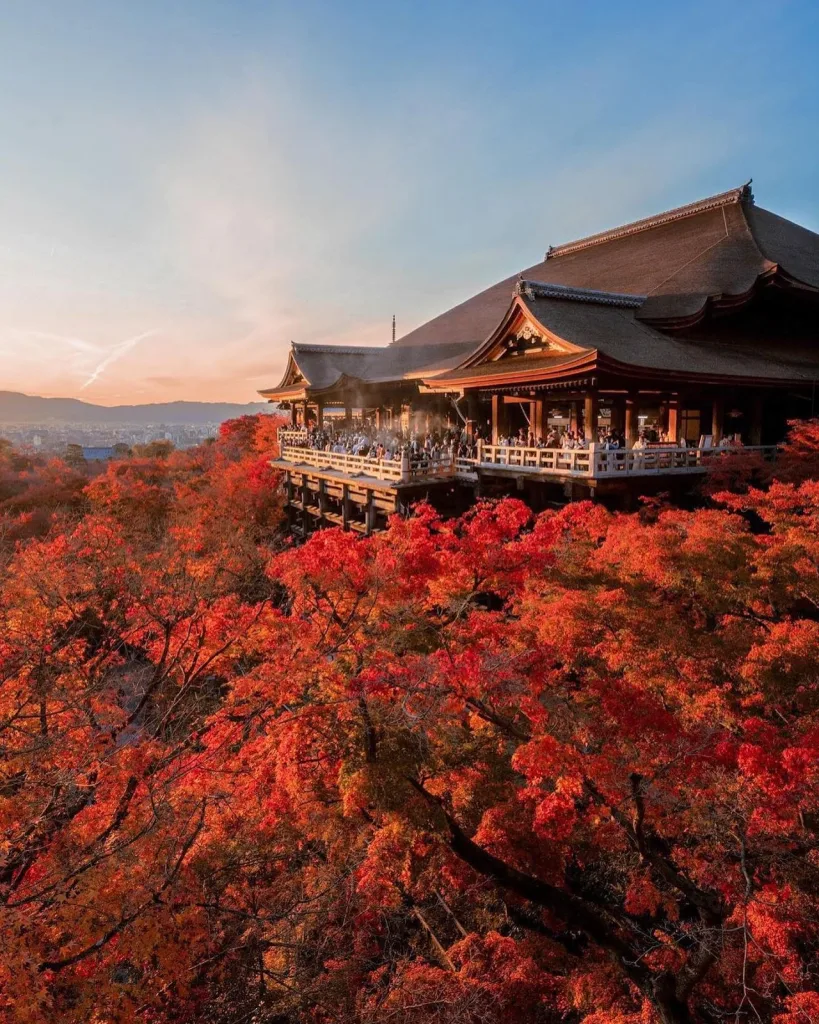
The time of year you choose to visit Japan can make or break your budget. Peak seasons like cherry blossom (March–April), Golden Week (late April–early May), and New Year attract crowds and high prices. If you’re after lower accommodation rates and smaller crowds, consider late autumn, winter (except holidays), or early spring. You’ll still enjoy stunning scenery and seasonal charm without overspending.
- Peak = expensive (Cherry Blossom, Golden Week)
- Off-season = cheaper stays, fewer tourists
2. Maximize Value with the Japan Rail Pass

The Japan Rail Pass (JR Pass) is a cost-effective option if you’re traveling long distances across the country. It covers unlimited rides on JR trains, including the famous shinkansen (bullet trains). However, it’s not always worth it for short city trips. Before buying, compare your itinerary’s train costs against the pass price.
- Best for multi-city trips (Tokyo–Kyoto–Osaka–Hiroshima)
- 7-day pass costs around $300
- Not needed if staying in just one city
3. Rest Easy in Budge-Friendly Stays
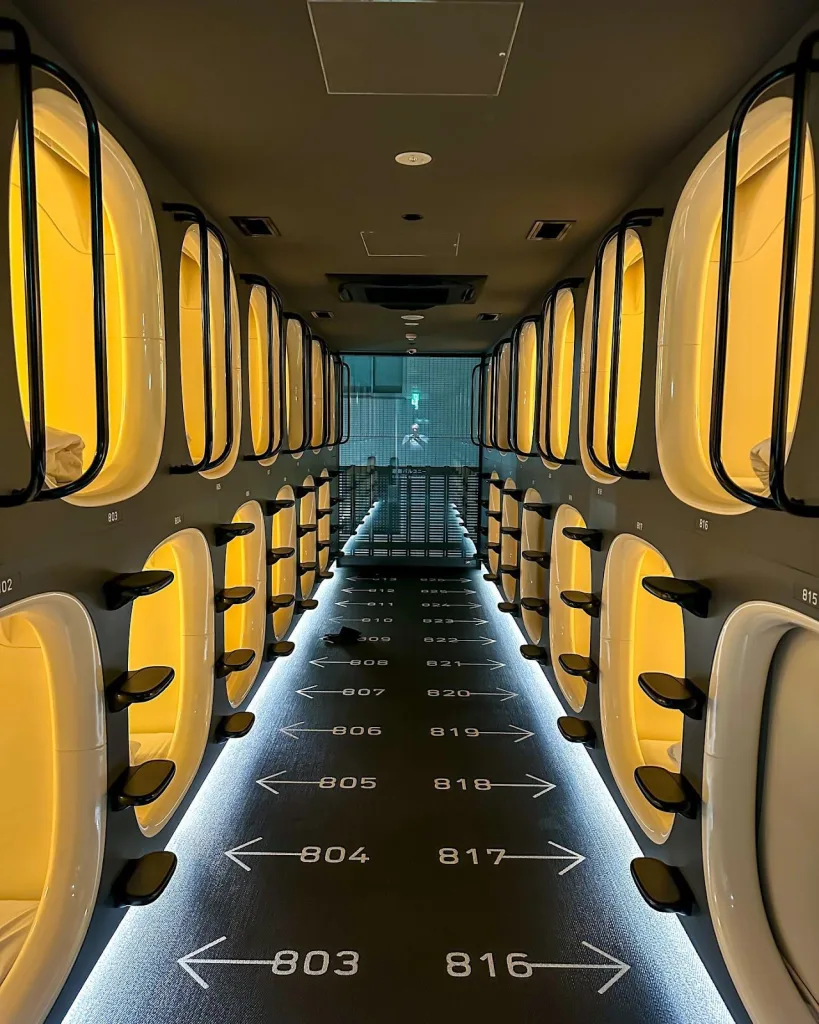
Japan offers a range of affordable accommodation that’s both safe and clean. Capsule hotels provide a unique, budget-friendly experience, while hostels often include social spaces and free breakfasts. Business hotels, though simple, usually include private bathrooms and free Wi-Fi. For those staying longer, guesthouses or Airbnb-style rentals can also be great options.
- Capsules: $20–$40 per night
- Hostels: $15–$35 with shared spaces
- Business hotels: $40–$60, private and practical
4. Dine Like the Locals Do
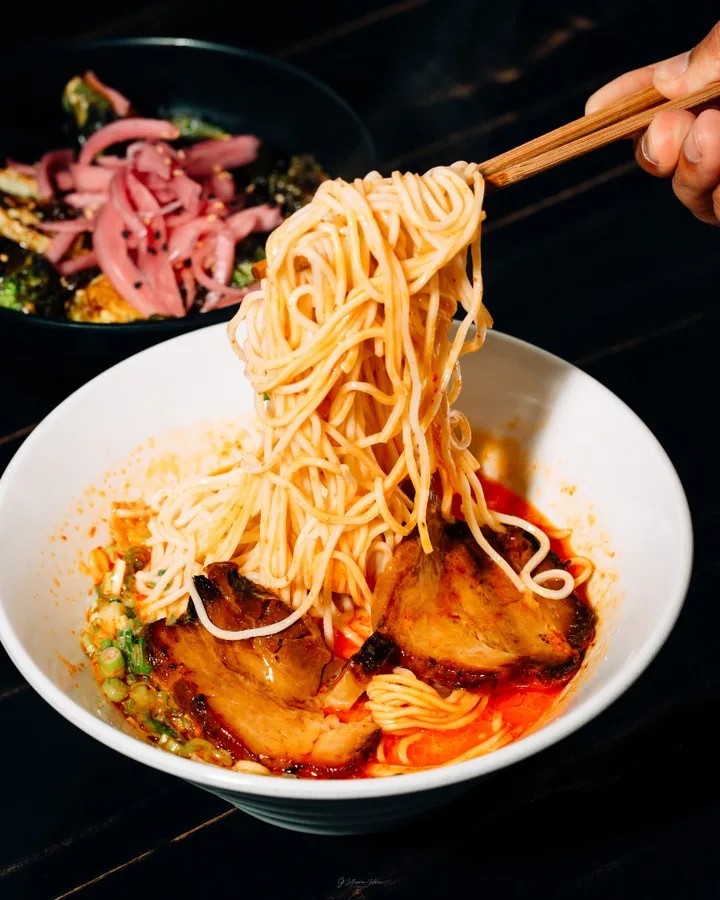
Eating in Japan doesn’t have to be expensive. Local ramen, udon, and soba shops offer hearty meals for just a few dollars. Convenience stores like 7-Eleven and FamilyMart serve fresh bentos, rice balls, and sandwiches around the clock. Supermarkets also discount meals after 7 PM, making dinner both cheap and tasty.
- Ramen shops: $5–$8 per meal
- Convenience stores: fresh food 24/7
- Evening discounts: up to 50% off meals
5. Discover Japan’s Free Attractions

You don’t need to spend big to experience Japan’s culture. Many shrines, temples, and public parks are free to enter. For instance, Kyoto’s Fushimi Inari Shrine and Tokyo’s Meiji Shrine offer beautiful, no-cost experiences. Seasonal festivals are another way to immerse yourself in Japanese traditions without paying admission.
- Shrines & temples: usually free entry
- Public parks: cherry blossoms, seasonal views
- Festivals: parades, fireworks, cultural performances
6. Bargain Hunting at 100-Yen Shops

100-yen shops like Daiso and Seria are perfect for souvenirs and daily essentials. These stores sell everything from Japanese snacks and stationery to kitchenware and travel gear for just about $1 each. They’re an excellent choice if you want affordable keepsakes that are genuinely Japanese without overspending.
- Average price: $1 (100 yen)
- Items: souvenirs, snacks, home goods
- Great for: budget travelers & gift shopping
7. Grab and Print Attraction Discount Passes
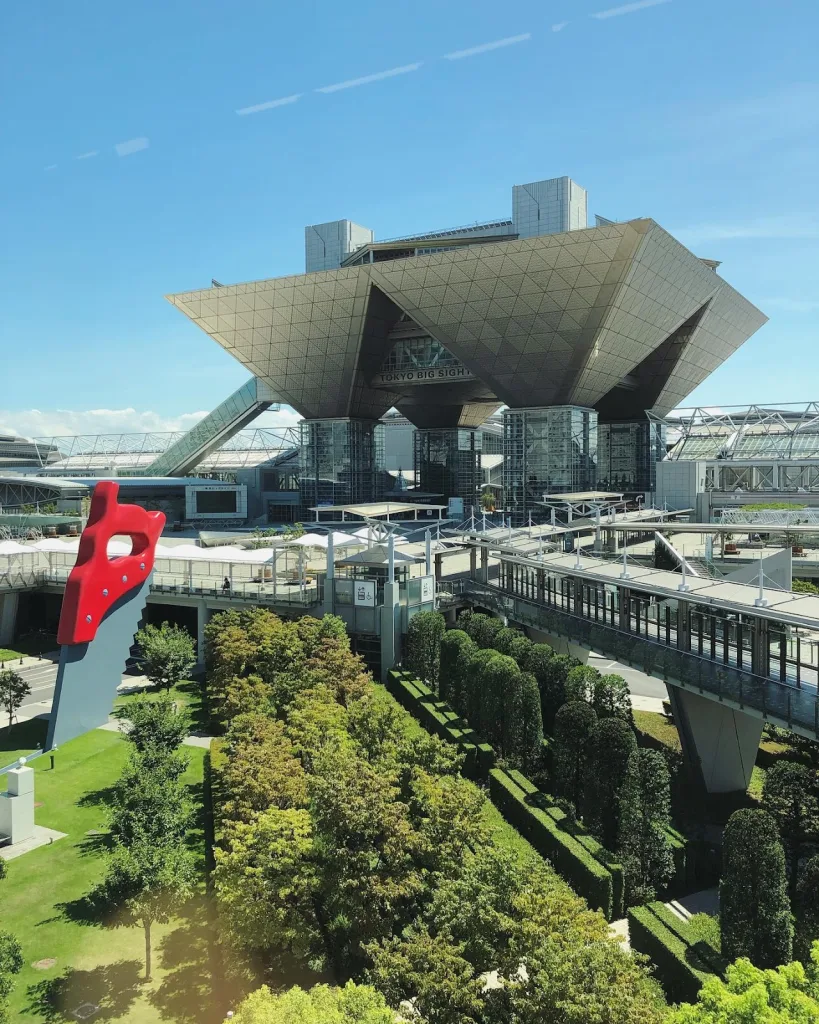
Many popular attractions and museums in Japan offer discount passes that you can buy online or at train stations. Some require printing, while others can be stored digitally on your phone. With a little preparation, you’ll save money and skip long ticket queues. Always check if regional passes bundle transport and attractions together for extra value.
- Print or save passes digitally
- Available for theme parks & museums
- Regional passes often include transport
8. Save Big with Overnight Bus Travel
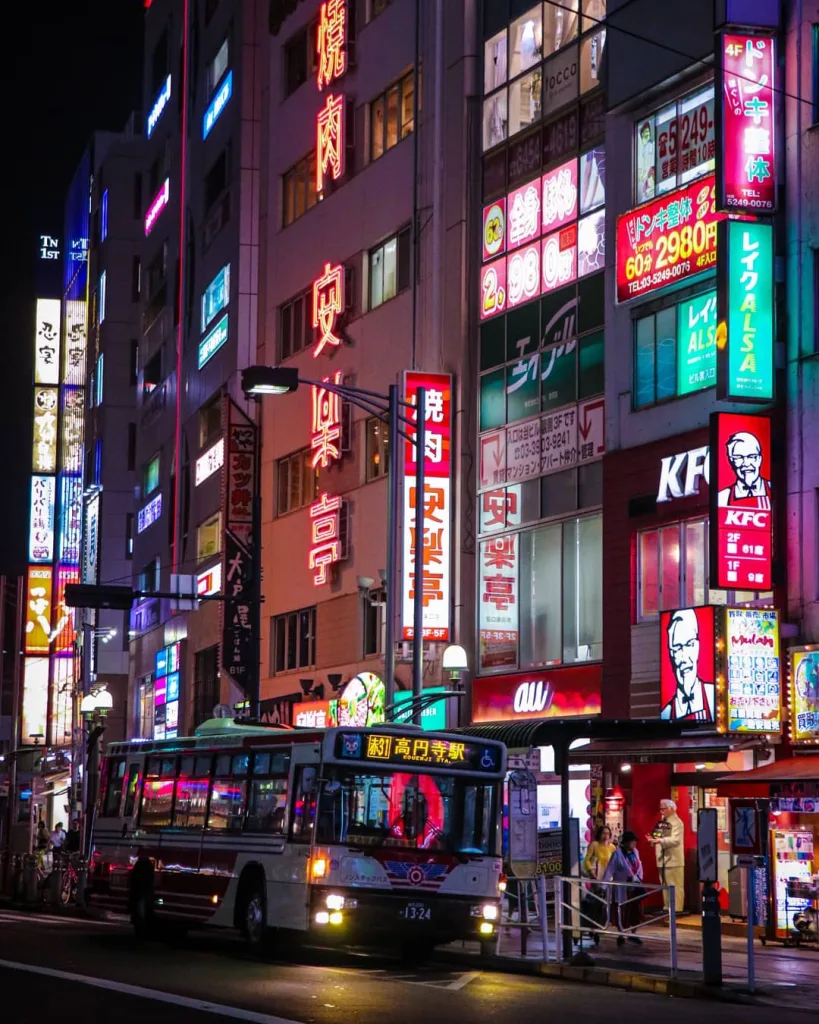
Overnight buses are an excellent way to save on both transportation and accommodation. Routes connect major cities like Tokyo, Kyoto, and Osaka at a fraction of the shinkansen price. These buses often come with reclining seats, blankets, and Wi-Fi, making the journey surprisingly comfortable. By sleeping on the bus, you also free up your daytime for exploring.
- Much cheaper than bullet trains
- Combines transport + accommodation
- Amenities: blankets, reclining seats, Wi-Fi
9. Explore Cities on Foot or by Bike

Walking or cycling is one of the best budget-friendly ways to discover Japan. Cities like Kyoto and Nara are particularly bike-friendly, with affordable rentals available. Exploring on foot or by bicycle lets you find hidden temples, cozy cafés, and charming backstreets you might miss using trains. It’s not only cheap but also gives you a more local experience.
- Bike rentals: around $5–$10/day
- Walking = free, best for city centers
- Great for hidden gems & local spots
10. Enjoy Free Museums and Cultural Spots
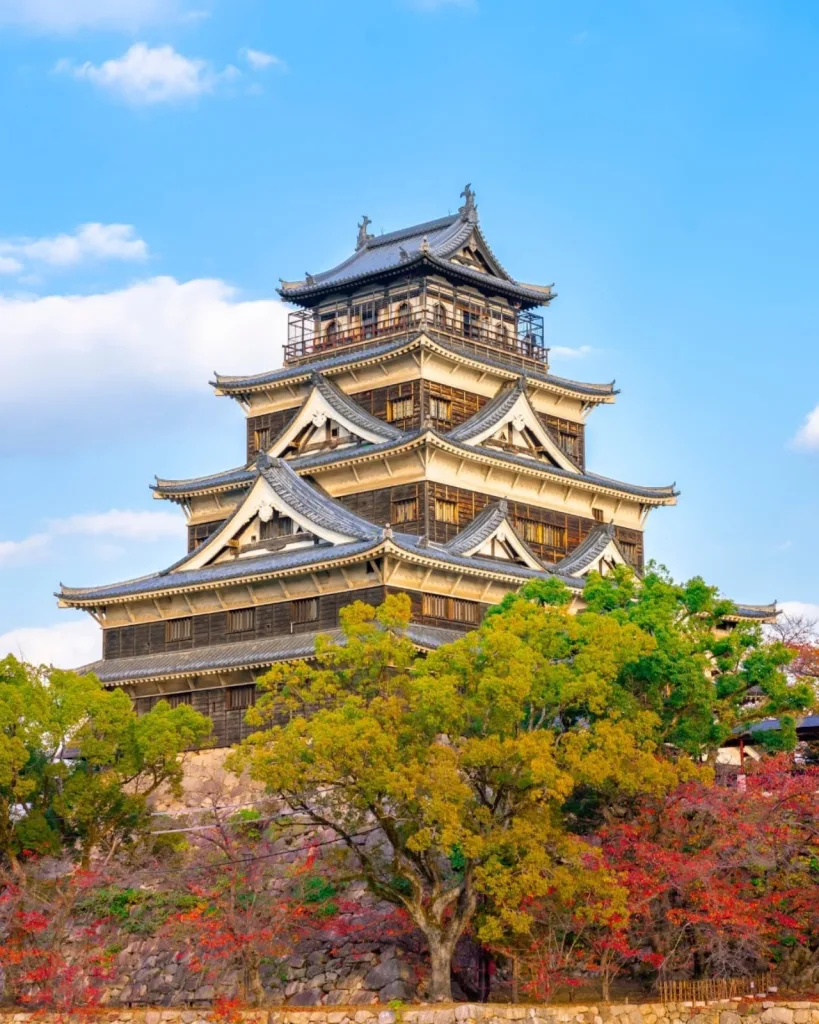
Japan is filled with museums and cultural centers that don’t charge admission or have free-entry days each month. For example, Tokyo’s Edo-Tokyo Open Air Museum offers free entry on special days. Checking local calendars ensures you can experience art, history, and culture without spending extra.
- Many museums have free-entry days
- Seasonal exhibitions can be free
- Check city tourism websites for updates
11. Stay Connected with Pocket Wi-Fi or SIM

Traveling without internet in Japan is tough, especially when navigating trains or translating menus. Pocket Wi-Fi and local SIM cards are affordable and reliable solutions. They allow you to stay connected without worrying about expensive roaming charges. Sharing a pocket Wi-Fi with friends makes it even more budget-friendly.
- Pocket Wi-Fi: $3–$5/day, shareable
- SIM cards: cheap, flexible data plans
- Helps with maps, translation & bookings
12. Lighten Your Load with Coin Lockers

Dragging luggage through crowded stations or streets can be exhausting. Luckily, Japan has coin lockers almost everywhere—train stations, malls, and tourist areas. For just a few dollars, you can store your bags and explore hands-free. It’s a budget-friendly alternative to luggage forwarding services.
- Cost: $2–$5 depending on size
- Locations: stations, malls, tourist spots
- Keeps travel convenient & stress-free
Common Mistakes to Avoid When Traveling Japan on a Budget
Traveling on a budget in Japan can be amazing, but a few simple mistakes can quickly drain your wallet or ruin your plans. Here are the most common slip-ups to avoid.
- Overbuying the JR Pass: Don’t assume you need it—calculate your itinerary first.
- Eating only in tourist areas: Step two streets away and you’ll find cheaper, better food.
- Forgetting about cash: Japan still runs on cash, and some ATMs charge high fees. Look for 7-Eleven ATMs.
- Not checking closing times: Many attractions shut by 5 PM, so plan accordingly.
Final Words
So, is Japan really as expensive as people say? Nope. With the right mindset and a few smart strategies, exploring Japan on a budget is not only possible—it’s incredibly rewarding. You’ll eat amazing food, sleep in quirky capsule hotels, and stumble upon free cultural experiences that most luxury tourists miss.
If you’ve been holding back on booking that trip, maybe it’s time to go for it. After all, the memories you’ll make wandering Japan’s temples, streets, and markets don’t come with a price tag. And hey, if a broke traveler like me could do it, you definitely can too.






